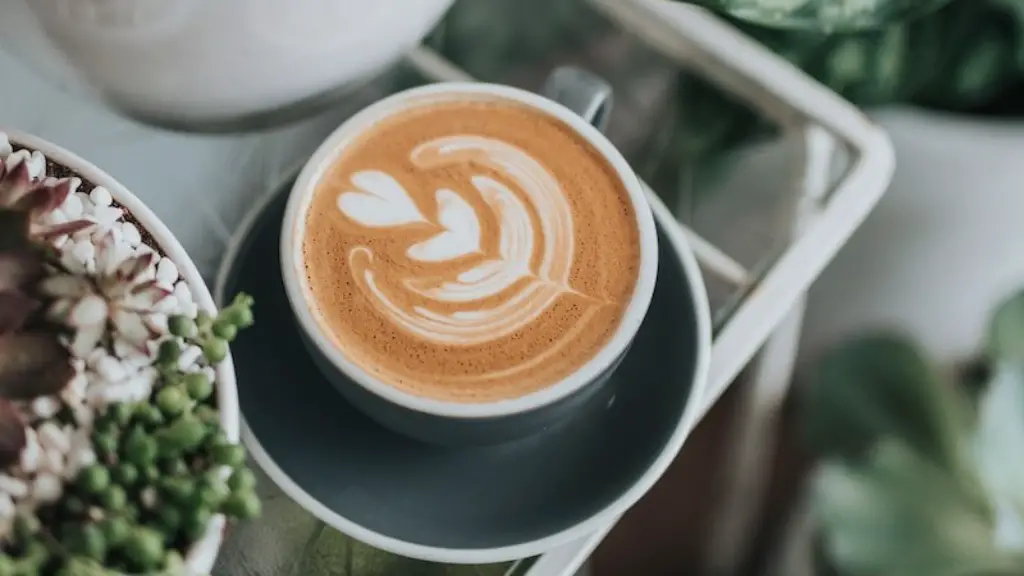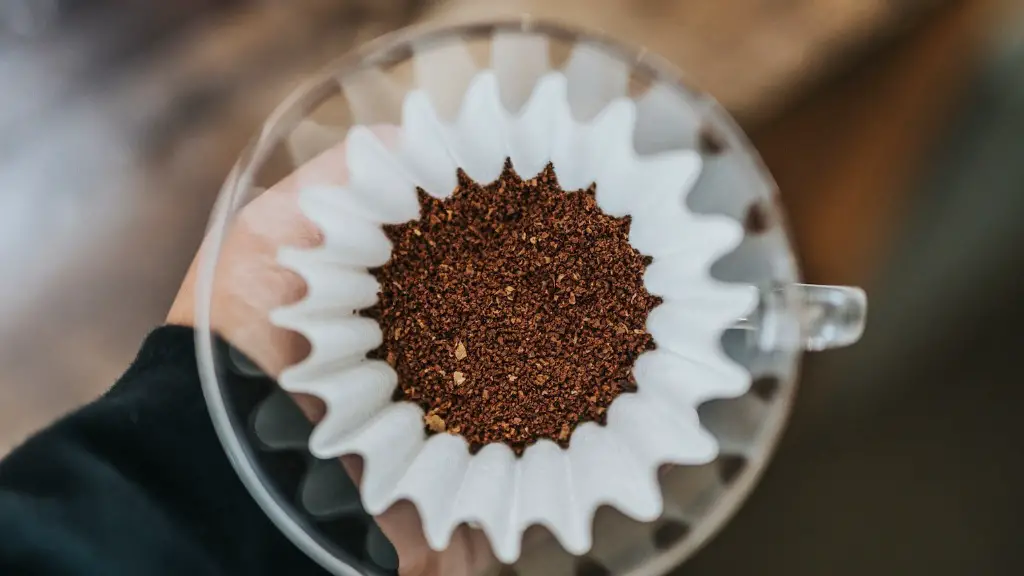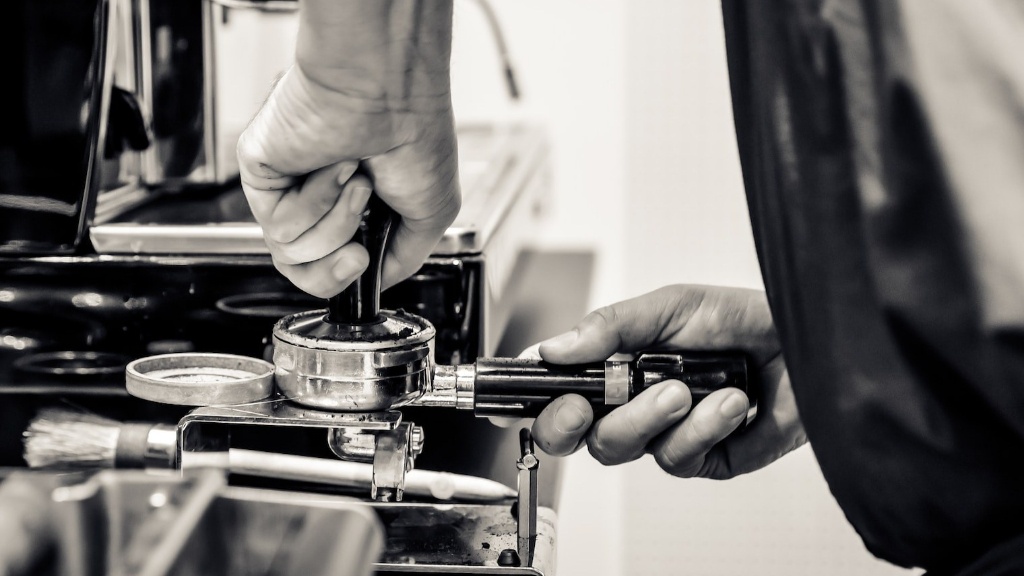Understanding Misconceptions About Decaf
Caffeine-free coffee seems like an oxymoron to many. That’s because coffee naturally contains caffeine – a mild stimulant. So the question of “how much caffeine is in decaffeinated coffee” confuses some people. This article will discuss the amount of caffeine in Starbucks decaf coffee in detail, aiming to shed light on this perplexing matter.
Decaffeinated coffee can contain trace amounts of caffeine depending on several factors like what type of coffee beans were used, the water, and the brewing method. The amount of caffeine can vary widely, anywhere from none to 18 milligrams of caffeine per cup. In 2006, the US Food and Drug Administration (FDA) ruled that coffee is considered decaffeinated if it contains less than 0.4-1.4 milligrams of caffeine per cup.
Cafeology 101: Everything You Need To Know
In general, Starbucks decaf coffee contains 3 milligrams of caffeine per 8-ounce cup. But that amount can vary depending on the brewing method. For instance, Starbucks’ decaffeinated Pike Place Roast brewed using an 8-ounce K-Cup will contain 5 milligrams of caffeine, while brewed using a 12-ounce K-Cup contains 10 milligrams. Drinks made with the Clover brewing system like nitro cold brew have the highest caffeine levels and can contain up to 15 milligrams of caffeine per 8-ounce cup.
It’s probably also important to note that decaffeinated coffee doesn’t mean caffeine-free. Michael Fiedler, a research and development manager at the National Coffee Association, said that customers should understand that “decaf is still a caffeinated beverage” with “a significantly smaller amount of caffeine than regular coffee.”
The Caffeine Extraction Process
The extraction process is what makes decaffeinated coffee not completely caffeine-free. There are three distinct methods of caffeine extraction – chemical solvents, carbon dioxide, and water – that coffee manufacturers can use to decrease the level of caffeine present in coffee.
The most common method of decaffeination is the chemical solvent method. In this process, green coffee beans are put in a large chamber and soaked in either methylene chloride or ethyl acetate as a solvent. This process targets the caffeine molecules, while keeping the flavor and aroma components of the beans intact. While this method of decaffeination is widely used, it has come under criticism because of the potential residual amounts of methylene chloride, an organic compound which has been linked to health risks.
The carbon dioxide method has become increasingly popular as it’s considered a healthier alternative to the chemical solvent method. In this process, highly pressurized liquid carbon dioxide is used to extract the caffeine molecules from the beans’ pores. This is a highly efficient method as it preserves more of the flavor and aroma of the coffee.
Pros and Cons of Decaffeinating Coffee
Decaffeinated coffee is a great option for those who want to reduce their caffeine intake. It still provides the same rich flavor of regular coffee and is great for those who don’t want to give up coffee entirely but want to avoid its stimulating effects. Despite being decaffeinated, decaf coffee still contains essential minerals and antioxidants.
On the downside, some people may experience stomach discomfort due to the process used to decaffeinate the coffee. Caffeine sensitivity is also a factor to consider as some people may still experience mild stimulant effects even with decaffeinated coffee. Additionally, those who favor lighter roasts may find that the flavor is not as sharp with decaffeinated coffee.
The Benefits to Drinking Starbucks Decaf
What makes Starbucks’ decaf coffee a great option is its low caffeine content. Compared to regular coffee, Starbucks’ decaf coffees have significantly lower caffeine levels. According to Starbucks, their decaffeinated espresso contains 57 milligrams of caffeine per 8-ounce cup, compared to 75 milligrams in a regular espresso shot.
In addition, Starbucks prides itself on using ethical, healthy and sustainable coffee. Starbucks does not use chemicals like chlorine for decaffeination. Instead, they use a high-pressure carbon dioxide system that maintains quality and flavor. This process requires beneficial solubility and extraction so that it maintains the flavor, aroma, and quality of the coffee beans.
Alternative Sources of Caffeine-Free Coffee
If you’re looking for a more caffeine-free option, there are several alternatives to Starbucks’ decaf coffee. There’s herbal coffee – which is made from a blend of grains, chicory, and figs – that is naturally caffeine-free and can provide an enjoyable cup of brew with a rich texture. Postum, another popular caffeine-free drink, is made from 100% wheat bran, molasses, and chicory. Although Postum originally contained caffeine in the past, it is now completely caffeine-free.
In addition, there are two types of beverage which are completely caffeine-free – Moroccan herbal tea and chicory root coffee. Moroccan herbal tea is made from a blend of herbs and spices and does not contain any caffeine, although it does still contain some antioxidants. Chicory root coffee is made from dried, ground up roasted chicory roots and brews a similar cup to regular coffee but doesn’t contain any caffeine.
What to Look Out For
When choosing a decaf coffee, make sure to read the label carefully. Some coffee may be labeled as decaffeinated but may still have some levels of caffeine. If you’re looking for a truly caffeine-free experience, then you’ll want to avoid all forms of coffee, including decaffeinated.
Individuals who have caffeine sensitivity should consider experimenting with different types of coffee and decaffeinated options in order to find the best option for them. This will allow them to get the flavor experience without the jitters and nervousness that can come with drinking regular or decaf coffee. Additionally, it’s important to remember that decaf coffee is still a caffeinated beverage and should be limited like any other caffeinated beverage.
Evaluating Your Caffeine Intake
Coffee is one of the most popular drinks in the world. People of all ages can enjoy the flavor and aroma of coffee without the jitters and anxiety that come with drinking caffeinated beverages. The answer to the question of “how much caffeine is in decaffeinated coffee” depends on many factors, but Starbucks decaf coffee is usually lower in caffeine than regular coffee. Whether you choose to drink decaf or regular coffee, it’s important to always evaluate your overall caffeine intake.
Analyzing the Effects of Caffeine on Health
Coffee, both regular and decaf, contains antioxidants and is generally considered to have positive health benefits. Research suggests that moderate amounts of caffeine can improve focus and mood, as well as give you a boost of energy without the jitters.
However, when consumed in large amounts, caffeine can have adverse effects on your health. Caffeine can increase blood pressure, heart rate, and interfere with sleep. If you’re caffeine-sensitive, then drinking regular and decaf coffee should be limited or avoided altogether.
Exploring Decaffeination Techniques
When it comes to decaffeination, there are two distinct methods – chemical solvents and the carbon dioxide method. While the chemical solvent method is widely used, the carbon dioxide method has become increasingly popular as it’s considered a healthier alternative. The carbon dioxide method is more efficient and preserves more of the flavor and aroma of the coffee.
Although decaffeinated coffee is still caffeinated, it is usually much lower in caffeine than regular coffee. Starbucks decaf coffee usually contains 3 milligrams of caffeine per 8-ounce cup and can vary depending on the brewing method. When selecting decaffeinated coffee, it’s important to read the label carefully to ensure you’re getting a truly low caffeine option.
Investigating Potential Alternatives
In addition to Starbucks decaf coffee, there are several alternatives that are naturally caffeine-free. These include herbal coffee, Postum, Moroccan herbal tea, and chicory root coffee. Each option has its own unique flavor and can provide an enjoyable cup of brew that’s completely caffeine-free.
Ultimately, the answer to “how much caffeine is in decaffeinated coffee” may depend on the individual. Everyone has different levels of caffeine sensitivity and will need to adjust their caffeine intake accordingly. Decaffeinated coffee provides a unique flavor experience without the jitters and can be a great way to reduce overall caffeine intake.


